Poprad Systems Received by the Polish Military. What about their future?
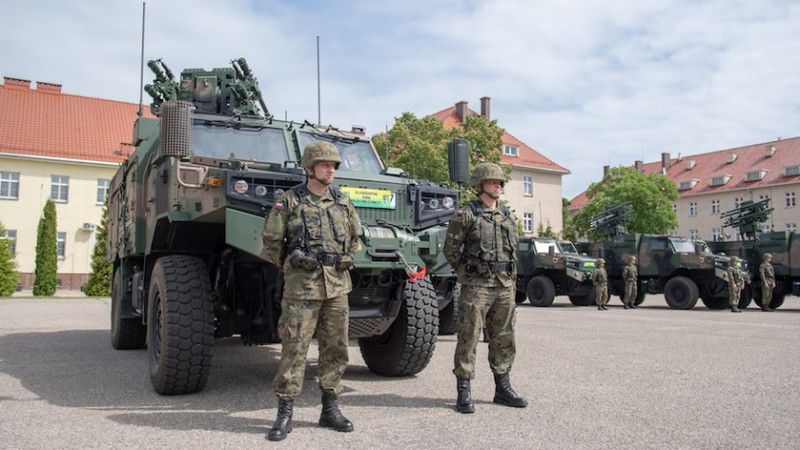
After delivery to the 15th Anti-Aircraft Regiment based in Gołdap, the Poprad SAM system has been placed in the inventory of all three divisions of the Polish land forces. One could risk a statement that the system, despite its modern profile, shall be developed in a continuous manner so that it offers capabilities that will remain adequate when placed against the developing threats. Potential for development as such is already available and it is placed in the hands of the Polish industry. If Poland makes use of it, then it could potentially join the leading nations among the suppliers of mobile air defence systems for the land applications.
It was a few days ago when the head of the Polish Ministry of Defence took part in the handing off ceremony pertaining to the Poprad mobile SAM systems for the 15th Anti-Aircraft Regiment of the 16th “Pomorska” Mechanized Division. The unit in question is stationed in Gołdap. Mariusz Błaszczak placed a major emphasis on the fact that Poprad system was created by the Polish industry.
The equipment that I have just handed off is being made in Poland. It is a product supplied by the Polish Armaments Group, a consortium of companies that have recorded a positive financial result with regards to the last year. This is very important too, to have the Polish military use the Polish defence industry products in the areas where it is possible. - Błaszczak said.
After they have been delivered to Gołdap, Poprad systems are now placed in the inventory of all three anti-aircraft regiments of the Polish divisions. Earlier on Poprad systems had been delivered to the 8th Regiment (subordinated to the 12th Division based in Szczecin) and to the 4th Regiment (subordinated to the 11th “Lubuska” Armoured Cavalry Division).
Read more: Poprad SHORAD Delivered to the Polish Army
More than 20 systems as such are available to the Polish military, 77 in total shall be delivered until 2021. They would be received by the anti-aircraft regiments at the general division level and by squadrons of the mechanized brigades. Following 2021, further acquisitions are probable, for instance to meet the needs of the newly formed 18th Mechanized Division.
Thus, Poprad would become an even more important element of the anti-aircraft inventory the Polish military would be using. Introduction of the system in question relevantly bolsters the available potential, especially when it comes to acting against low flying threats, including helicopters, cruise missiles or drones. All of the targets listed here could be neutralized with the use of the Piorun missiles. The system, however, also offers significant room for modernization and performance improvement.This chance should not be wasted. This is also because of the fact that recently we could have observed a gradual increase of potential that the air assets of the potential adversary have, and Poprad should be treated, at least partially, as a response to the threat.
What Poprad is?
Let us recall the fact that Poprad is a SAM system based on a 4x4 (AMZ Żubr) platform using four Grom/Piorun missiles as the main effector. The system developed by the PIT-RADWAR company belonging to the PGZ Group also has an optoelectronic sensor at its disposal, featuring daylight and thermal imaging cameras, laser rangefinder, videotracker or an IFF system.
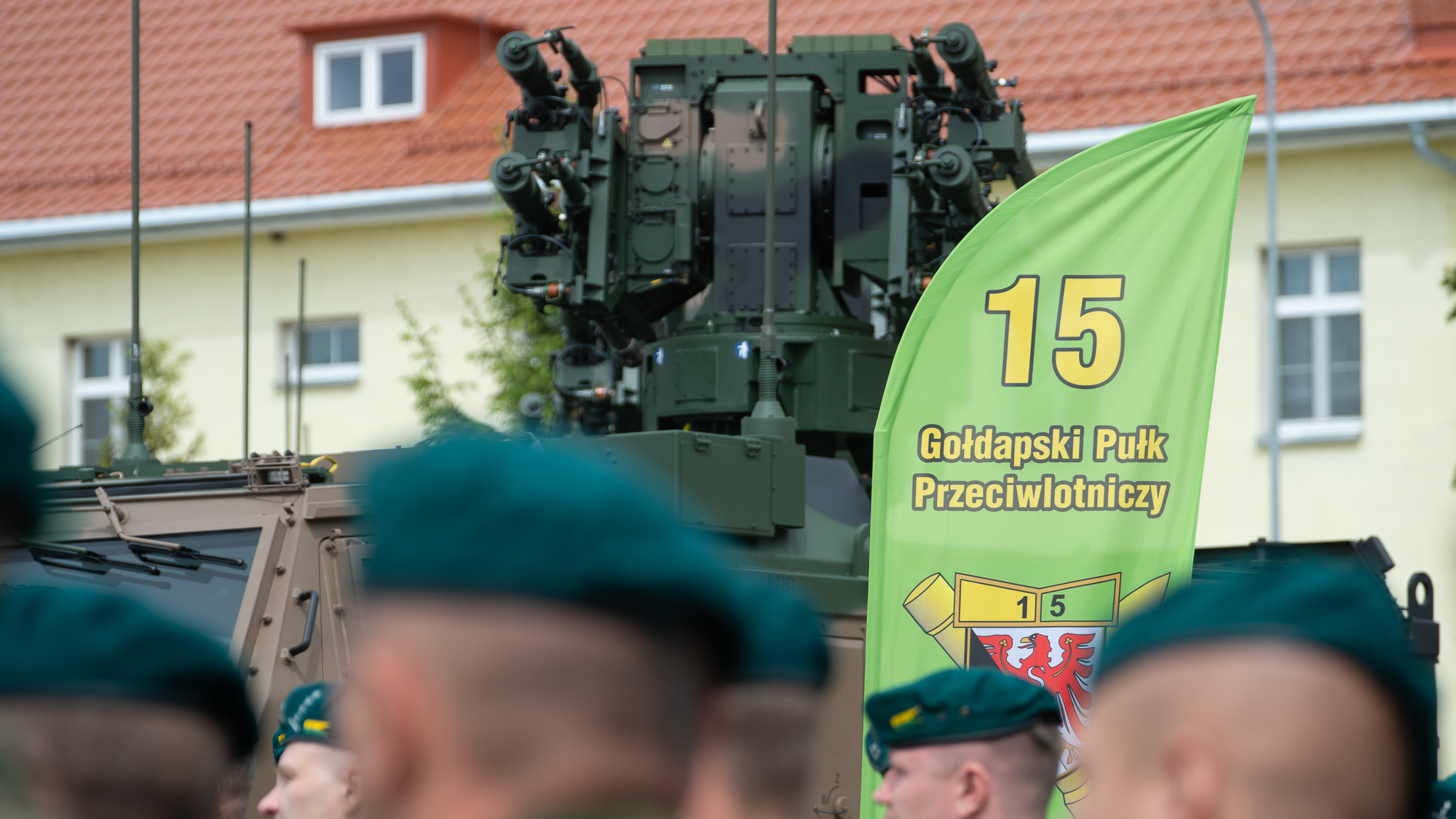
Poprad has also been fitted with a digital communications suite and a navigation system. Thanks to the above the system can be operated both autonomously, as well as in a role of an IAMD asset. As in case of any other solution of its class, Poprad would be most effective if coupled with proper sensors, such as the Soła or Bystra radars (the former one is already used by the Polish military, while the latter is being readied for introduction).
Poprad, nowadays, is capable of acting against airborne targets at distances of around 6.5 kilometers, if the latest Piorun missile is used. In case of the legacy Grom missile, the range is defined as around 5.5 kilometers. Initially Poprad had been integrated with the Grom missile in a role of the effector but once the Piorun missiles were delivered, this extended the performance envelope that the system offered, also expanding its killzone.
The concept associated with the Poprad system is somewhat similar to the one that accompanied the creation of the LeFlaSys/ASRAD solution at the beginning of the century. The aforesaid system is operated in Germany, the Netherlands or Turkey. The assumption is to place multiple (usually four) MANPADS class missile launchers on a mobile platform fitted with an optronic fire control sensor.
Solution as such offers a significantly greater flexibility, when compared to exclusive use of the MANPADS portable systems only. A self-propellled system may remain on alert permanently, it is also easier to point the launcher towards the target, when it is placed on a mobile platform. What is interesting, at least two versions of the LeFlaSys system are currently involved in the Tobruq Legacy exercise taking place in Poland. Ozelot vehicle based on the Wiesel tracked platform is the first variety, the second one is the wheeled Stinger Weapon Platform Fennek. Both systems above are based on assumptions identical to those applicable in case of Poprad. However, due to the fact that Poprad uses the Piorun missile makes its range and combat capabilities superior.
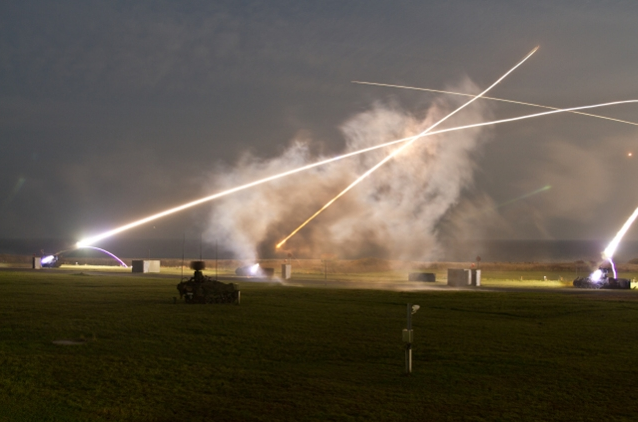
Obviously, MANPADS-class weapons still retain their role, acting as organic and scattered air defence solutions for the smaller elements. This is proven, for instance, in the way in which the US Army implemented its new missile defence strategy. At the same time, as Avenger systems are reintroduced, being conceptually similar to Poprad, along with their successor (Stryker APC-based IM-SHORAD systems using Stinger and Hellfire missiles, as well as guns), some of the American brigades, ones stationed in Europe included, are reintroducing the conventional portable Stinger launchers into their inventory.
The reason remains fairly simple: the air defence system shall be complementary and layered. This is a general rule mentioned, for instance, during the recent Defence24 DAY conference. Even though having Poprad-class solutions at one’s disposal shall not be viewed as a justification for delaying the decisions pertaining to the upper layers (Narew or Wisła systems), MANPADS and self-propelled SHORAD systems of the bottom layer should work together. Urbanized or hilly areas could constitute a theatre where MANPADS launcher could be the most effective solution that there is.
Poprad’s Extension Arm
During the recent years we could have witnessed an evolution of the airborne threats, and this includes the direct vicinity of Poland. The evolution above could be witnessed in case of the Syrian war for instance. Three basic elements of the evolutionary shift can be listed:
- Increased range of the weapons carried by the air platforms operated by the potential adversary: The above applies to, for instance, attack helicopters and the ATGM systems they use. Even though a few years ago 6 kilometers was a standard range in case of the systems operated by the Russian forces (Ataka ATGM in its basic variant), currently missiles with ranges of 8-10 kilometers are becoming much more common (Vikhr, Ataka-M). As the ATGM ranges may be extended even further, in a longer run, in case of any beyond the line of sight engagement, target designation (by UAVs for instance) would be necessary. The same applies to manned aviation assets. Today the Russians are still mostly using unguided bombs, these are usually dropped a few kilometers from the target. Guided bombs and missiles (used at ranges from a couple to several kilometers) with electrooptical guidance systems are used less frequently. However, there have been some mentions of introduction of gliding bombs that would be capable of acting against the assigned targets at distances of 40 to 50 kilometres.
- Expansion of the Scope within which UAVs and PGMs are Employed: Both in case of Ukraine, as well as in case of Syria, we may have observed that the Russians are using UAVs in more domains, for instance to provide artillery with a reconnaissance asset. UAV systems are peculiar, due to the low cost associated with systems as such. The above means that even if one drone is shot down (either by AAA or an Osa/Patriot-class SAM), another one can be deployed immediately. It is of key importance here to maintain a proper cost-effect ratio, at least assuming that the defensive asset is cheaper than the asset that becomes the target. Thus, one should also think of electronic warfare or AAA systems, however, in some circumstances, it cannot be avoided to use a missile. If so, it would be beneficial to make those missiles cheap.The same applies to defence from precision-guided munitions.If, at the given time, we would not be able to act against the carrier platform and the PGMs would still remain within our reach, these should be, should it be possible, neutralized with the use of “cheap” missiles, not the with the use of advanced and the most effective systems at hand.
- Intercepting an airborne target is becoming increasingly more complicated. The technological advancements makes the airborne threats more and more challenging to destroy. For instance, the attack helicopters (such as the Russian Mi-35M platform) are being fitted with IR-jamming systems. Intercepting advanced precision guided systems, such as the supersonic Bastion anti ship missiles, may also pose a major challenge. Those systems have been deployed to Kaliningrad already and they could also be used against land targets. We can clearly see quantitative and qualitative development of the threat posed by the air assets. The former leads to continuous development of anti-aircraft missiles potential, including the domain of resistance to countermeasures or the ability to intercept targets that could be more challenging. The Poprad/Piorun class systems are not an exception here.
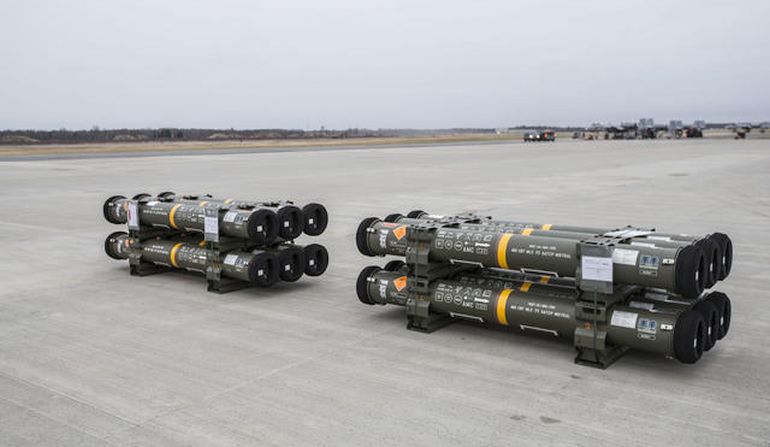
3rd generation French VSHORAD Mistral missile can act against targets at distances of 6.5-8 kilometers, whereas the previous variants only allowed the user to combat threats at distances of up to 5-6 kilometers. Similar approach is used in case of the Swedish RBS-70 system. The latest BOLIDE variant can intercept the threat at a longer range of up to 8 kilometers.
Piorun also follows this trend, offering a much longer range when compared to Grom (6.5 km). The new missile also features a new seeker that offers good direct hit capability. Janusz Noga, President of the Telesystem-Mesko company developing the Grom/Piorun seeker units, stated, during the Defence24 DAY conference, that the seeker is able to “spot” the targets at ranges greater than the distance that can be covered by the missile - up to 12-14 kilometers. The above means that the Piorun’s range could be extended even further, without any major changes required in case of the Polish-made seeker.
Read more: Defence24 DAY: Breaking the Impasse. A Modern Land Warfare System for the Polish Armed Forces
It shall be noted that Piorun, currently, is a shoulder-launched solution which itself imposes some performance limitations on the missile, range-wise and in other domains. However, the longer range missiles (10-12 kilometers) could be used in case of the Poprad systems, with identical C2 system used by the solution itself. No problems would appear if such steps are made. And missiles as such could be developed and manufactured n Poland, under the Polish guidance. The seeker unit which usually is the most difficult element to obtain is available already. CRW Telesystem-Mesko is also working on a new multispectral seeker unit for a missile the range of which would exceed 10 kilometers, characterized by new target recognition algorithms and verified and optimized spectrum bandwidths as well.
Noteworthy, a missile as such could fall within the trends of development of air defence systems overall. It would also constitute an adequate response to the emerging threat, qualitatively and quantitatively. The latter domain means that there is a serious risk of oversaturation, meaning that the stock of intercepting missiles could be depleted quickly, thus the air defence barrier may become easy to penetrate later on. This danger can be mitigated by using a layered, complementary IAMD solution.
In practical terms the lower-level air defence systems should take over the burden of work from the higher level systems, preventing the user from employing the most expensive assets. For instance, if a cruise missile enters the Wisła system’s killzone and the Narew system’s killzone at once, Narew missiles should be employed to act against the threat, within the integrated air/missile defence system’s framework. This would mean that the more expensive Wisła missiles could be saved to act against targets that would remain outside the reach of the Narew layer.
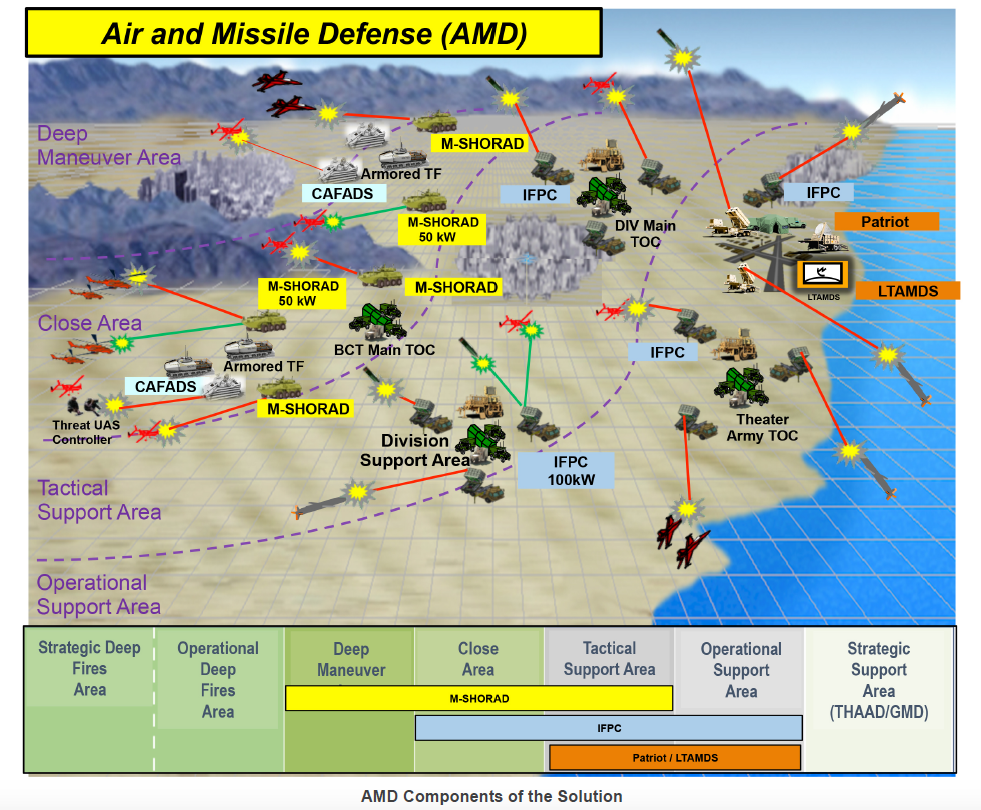
A similar role could be assigned to an anti-aircraft missile with a range of 10-12 kilometers. Missile as such could support or be embedded within the Narew solution. A missile cheaper than CAMM-ER, AMRAAM-ER or Barak-MX also offering a capability to act against a wider range of threats than the shoulder-launched missiles. There is nothing standing in the way to employ the missile developed for Poprad system on the basis of the Piorun effector in a role mentioned above.
Polish Air Defence System Similar to the Solution used by the US Marine Corps?
The US Marines adopted a similar air defence concept for the land domain. Portable Stinger MANPADS launchers are being reintroduced into use (functionally Grom and Piorun missiles are a Stinger’s counterpart). Vehicles featuring Stinger launchers are also introduced into service. They are based on the multi-purpose L-ATV platform. Functionally, they may be viewed as a counterpart of the Polish Poprad system. Notably, the defence system that is being created by the USMC is also being reinforced with the use of non-kinetic couter-UAS solutions introduced alongside the missiles, not instead of them. They could be placed on the very same platform as well.
The US Marines have also a plan put in place to introduce a longer range solution, during the upcoming years. It was back in March when Marine Corps Times suggested that the Israeli Iron Dome system is being considered as a possible solution. Two configurations are undergoing a scrutiny here. The first one based on the MTVR vehicle could see up to 20 missiles being caried, and thus it may be used in C-RAM role (Counter Rocket, Artillery, Mortar). The second would be based on 4x4 JLTV platforms, with 4 effectors - in other words, a functional counterpart of the Polish Poprad solution would be complemented with longer range missiles.
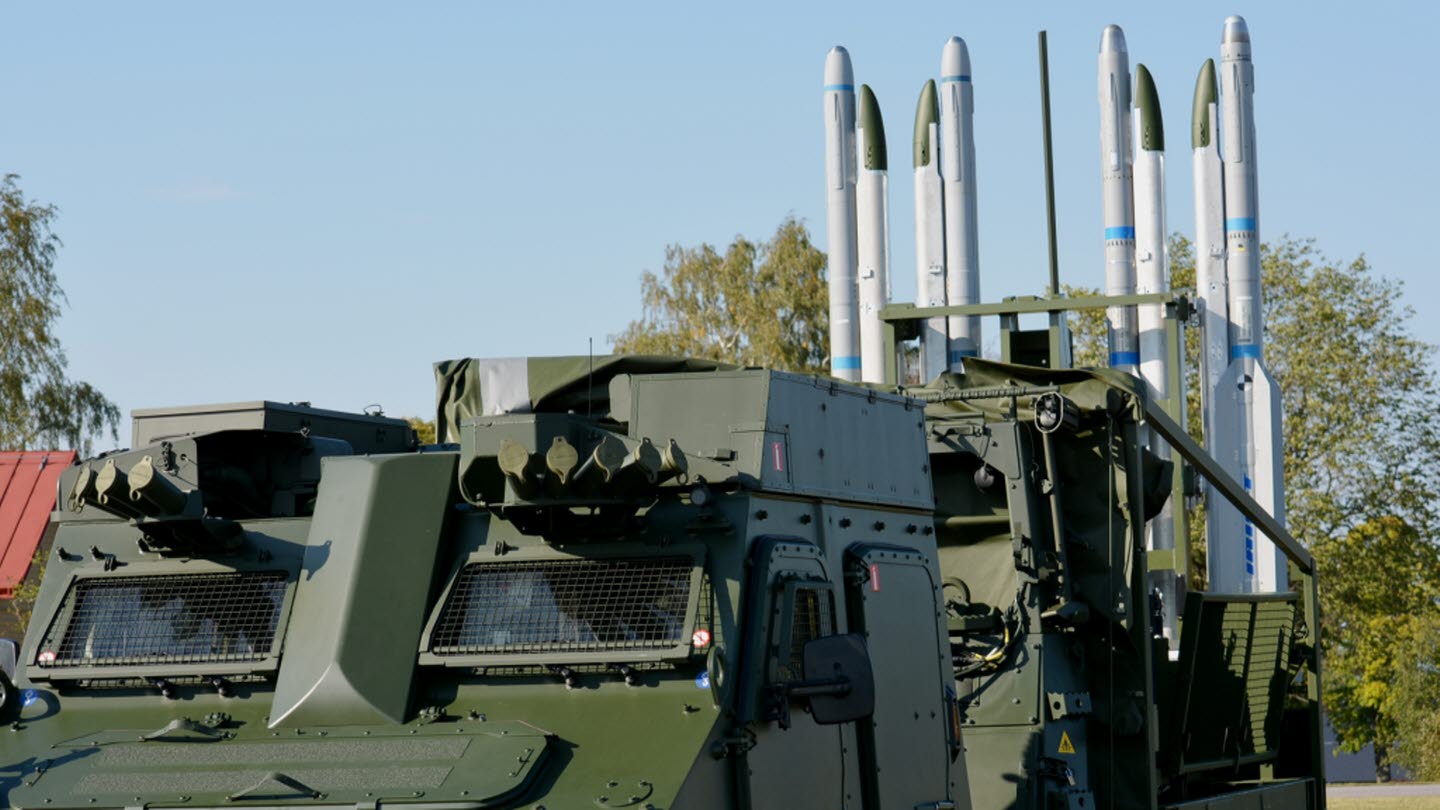
Missiles with a range of around 10 kilometers are currently being introduced by other nations as well. Sweden and Norway are a good example here. Both nations are introducing the IRIS-T-SLS missiles into their inventory - these are adapted short range missiles manufactured by Diehl Defence and already used by the Swedish and Norwegian Air Forces on Gripen and F-16 MRCA respectively. If launched from the ground they may act against airborne threats at distances of around 10 kilometers.
In the former case, IRIS-T-SLS system (four missiles) are carried by a two-part Bandvagan 410 tracked vehicle. Originally IRIS-T-SLS was to be the successor of the lighter RBS 70 solution, and it was to work jointly with the Patriot batteries.
In practical terms the Swedes are planning to keep the lighter systems in service, or even acquire portable systems in parallel to procurement of a self-propelled solution. This is caused by the evolution of the security context. Thus, the Swedes came to a conclusion that both portable, as well as self-propelled systems are needed.
The Norwegians are going to integrate the IRIS-T SLS system on the M113 platform, as an element of the mobile version of the NASAMS solution. Thanks to the above Oslo would recover the mobile air defence capability and it would restore it on the basis of existing systems: IRIS-T missile, M113 APC and the NASAMS system itself that has been now employed for years by the Norway’s air force.
Here one should also add that the Polish military has already identified the need to introduce a VSHORAD system, C-RAM domain included, also for the purpose of providing a mobile air defence umbrella for the armoured elements. The latter requires a tracked chassis to be used. However, the general principle remains similar to the one that is applicable in case of the Poprad system.
SONA is the name the relevant programme got. The Ministry of Defence had considered this programme to be prospective but with uncertain funding even before the Technical Modernization Plan was adopted, covering the horizon until 2026. The delay results from the fact that no funding is available and due to the broad scope of modernization, not due to the fact that the system is not a relevant requirement. Considering the above one could claim that modernization of the Piorun missile and subsequent integration with the Poprad platform could fill the gap.
A programme as such could entail a relatively low cost, since it would initially concern the missile only. Containerized launcher with more missiles for a C-RAM system, tracked chassis for the armoured elements or counter-UAS solutions could be added further down the road, depending on the funding availability.
Notably, even the rich nations, the United States of America, Norway or Sweden included, create their SHORAD systems in a gradual manner, with the use of building blocks and existing elements, platforms, missiles and detection systems included. As the time goes by, more and more elements are being added. Poland could take similar steps. This would offer an advantage, since virtually all of the building blocks (launcher, fire control system, missile seeker, early warning and target tracking radars) are already available in-country.
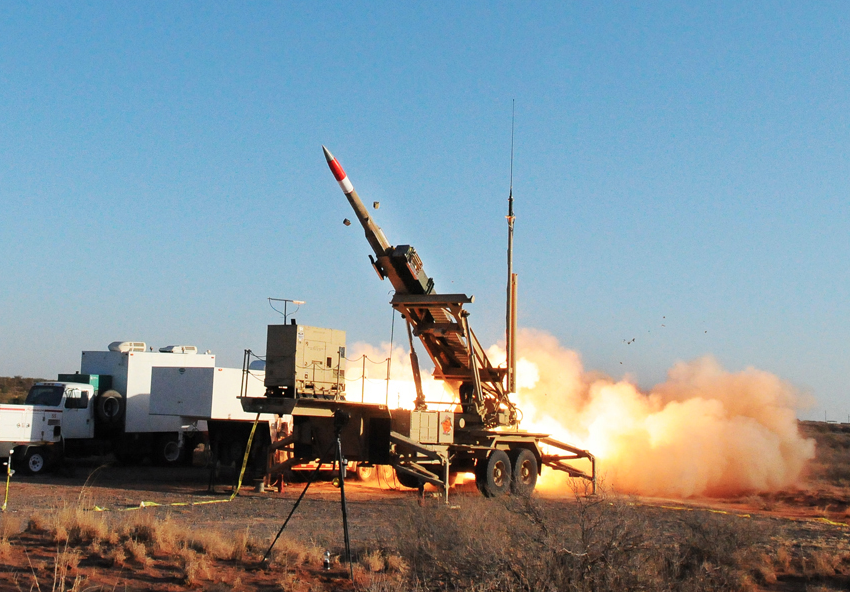
he missing element - the technology required to create missiles that could attain a range of 10-15 kilometers, seeker excluded, could be acquired within the scope of industrial cooperation related to the second phase of the Wisła programme and/or the Narew procurement.
This requirement is even more pronounced, since potential Poprad-ER (Extended Range) system should also work in conjunction with Narew. However, it could also protect the elements of the precious Wisła system, when on the move for instance. It is a public secret that during one of the Victory Strike exercises organized shortly after Poland became a NATO member state (when advancement in the field of offensive air assets was in its infancy, when compared to its current state) a small element of Apache gunships successfully neutralized a command station of Patriot battalion that had no VSHORAD protection assets at its disposal.
Contrary to what may seem, the first steps aimed at reinforcement of capabilities of the missile systems have already been taken. This is done through the offset pertaining to Phase I of the Wisła programme. The above pertains to establishment of a missile systems research laboratory that would make it easier for the Polish companies to develop new solutions within that scope. Meanwhile, Piorun missile that could be used to develop a new Polish air defence system is a unique solution of very high performance.
Introduction of the Poprad system into the inventory of the Polish military is undoubtedly a success of the Polish MoD and of the Polish industry. 1 billion zlotys would allow the Polish Armed Forces to receive 77 modern air defence systems. And another contract could be signed, once the aforesaid delivery is completed. However, the evolution of threats cannot be stopped. Thus, the system in question should evolve as well. The Polish industry, thanks to the fusion of Poprad and Piorun systems, has tools at its disposal that could make Poland one of the leading supplier of anti-aircraft systems. Meanwhile, Poland could acquire a solution that would complement the air defence system. And this solution can be developed domestically.
